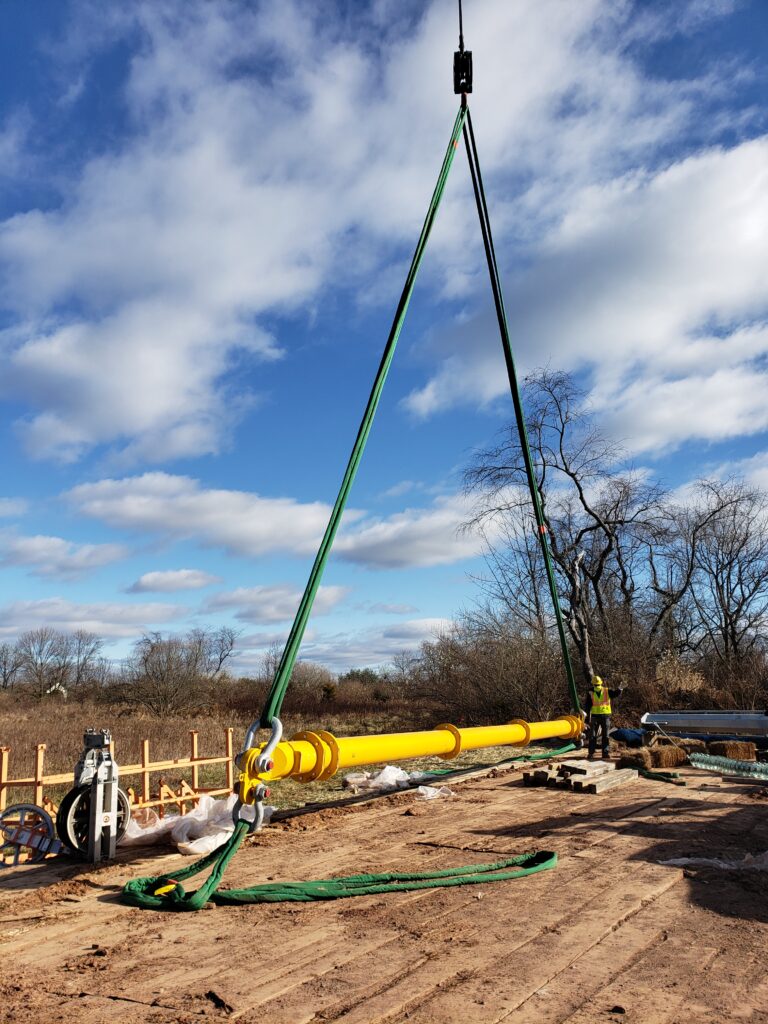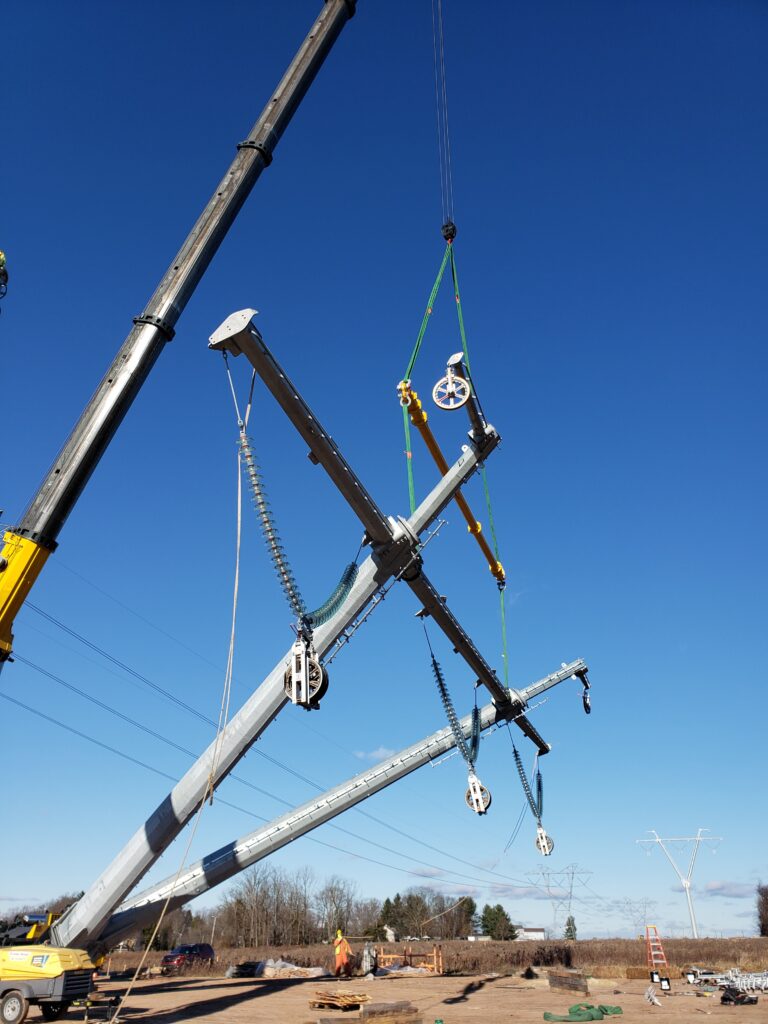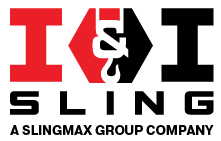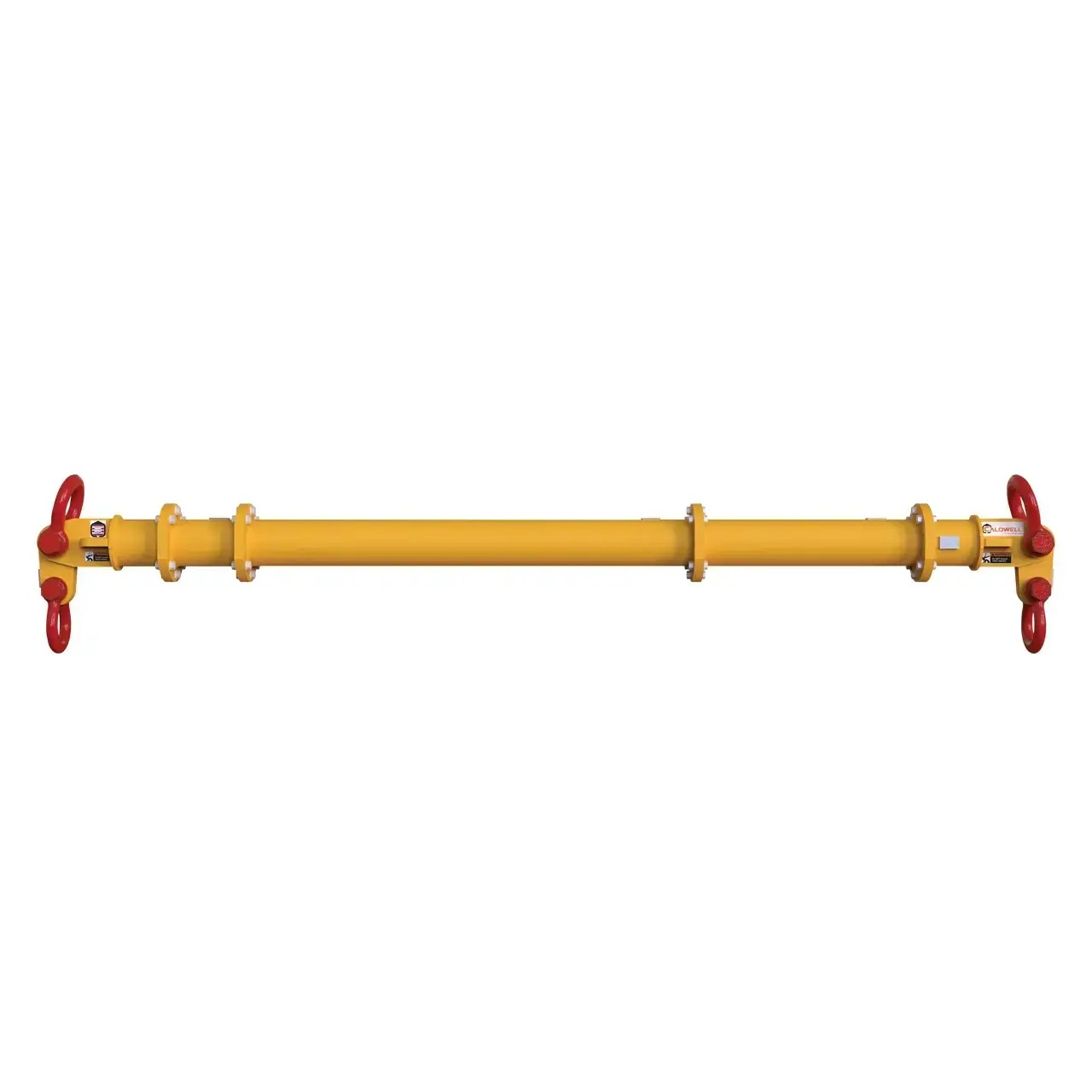SPREADER BEAMS
Spreader beams are a below-the-hook lifting device used to stabilize and support a load during an overhead lift. In most cases they keep the lower lifting slings at or near a 90° angle (perpendicular to the horizon).
A few distinguishing factors separate a spreader beam from a lifting beam:
First, a spreader beam is a simple device consisting of a horizontal piece of gear that holds two slings apart. It’s designed to convert lifting loads into pure compressive forces and spread apart the lower legs of a sling.
Spreader beams are usually smaller, lighter, and less expensive to design and manufacture than a lifting beam. They can be a single piece or modular in design.
Spreader beams require top rigging, so they are not the best choice of gear where headroom may be limited. Let an I&I Sling Product Advisor assist with choosing the correct beam for your needs.
I&I Sling is a premier supplier of Caldwell® spreader beams. Caldwell Spreaders are versatile, lightweight and cost effective. The Caldwell range of Spreader Beams comply with ASME standards and have capacities up to 130 tons.
Caldwell provides the ideal solution for most lifting requirements – with spans up to 59 ft (17 meters). The modular configuration and interchangeable components enable a Caldwell Spreader to be reused over many lifts. You can configure the spreader pipe sections and end or corner fittings to build the beam that’s exactly right for your application.



Expertly engineered – Key Features of the Caldwell Design

Cost and weight of the rigging are important considerations when planning a lift, and therefore the Caldwell Spreader Beam is an ideal solution compared to other types of Spreader Beams:
Modular Spreader Beams are specifically for 2 point lifts, but several Spreader beams can easily be assembled in ‘Cascading Rigs’ to achieve more lifting points. Please contact your product advisor if you need assistance in selecting Spreader Beams for ‘Multi-Point’ lifts.
Knowing The Difference Between Spreader & Lifting Beams
Lifting beams are used when available headroom is not sufficient for top rigging. Lifting beams must be designed structurally larger than spreader beams to adequately handle load stress. Spreader beams with top rigging are smaller because most load stress is absorbed by the rigging. This differentiation is critical in order to properly specify the equipment required.
2025 Big Book Caldwell Catalog
Frequently Asked Questions
What is a spreader beam?
A spreader beam is a below-the-hook lifting device featuring a horizontal bar with multiple lift points, designed to balance and support wide or heavy loads. By spreading the rigging connection points, it helps maintain ideal sling angles, reduce stress on the load, and enhance stability and safety during lifting operationA spreader beam is a below-the-hook lifting device that uses two lift points, connected by a compression bar, to keep slings at a safe angle and evenly distribute the load. By spreading the sling legs apart, it reduces sling tension, prevents load crush, and provides better control when lifting long, wide, or fragile loads.
What is the purpose of a spreader?
The purpose of a spreader is to distribute the weight of a load evenly across multiple lifting points, maintaining proper sling angles and reducing stress on both the rigging and the load. This design helps improve stability, minimize the risk of damage, and ensure precise, balanced control throughout a lift.
What is the main difference between a spreader beam and a lifting beam?
The main difference between a spreader beam and a lifting beam lies in how each device handles the load and transmits forces. A spreader beam uses top rigging—typically slings running from the crane hook to the beam ends—to place the beam in compression and the slings in tension, keeping sling angles low and loads balanced. In contrast, a lifting beam connects directly to the crane hook and carries the load through bending, making it ideal for low headroom applications where top rigging isn’t possible.


